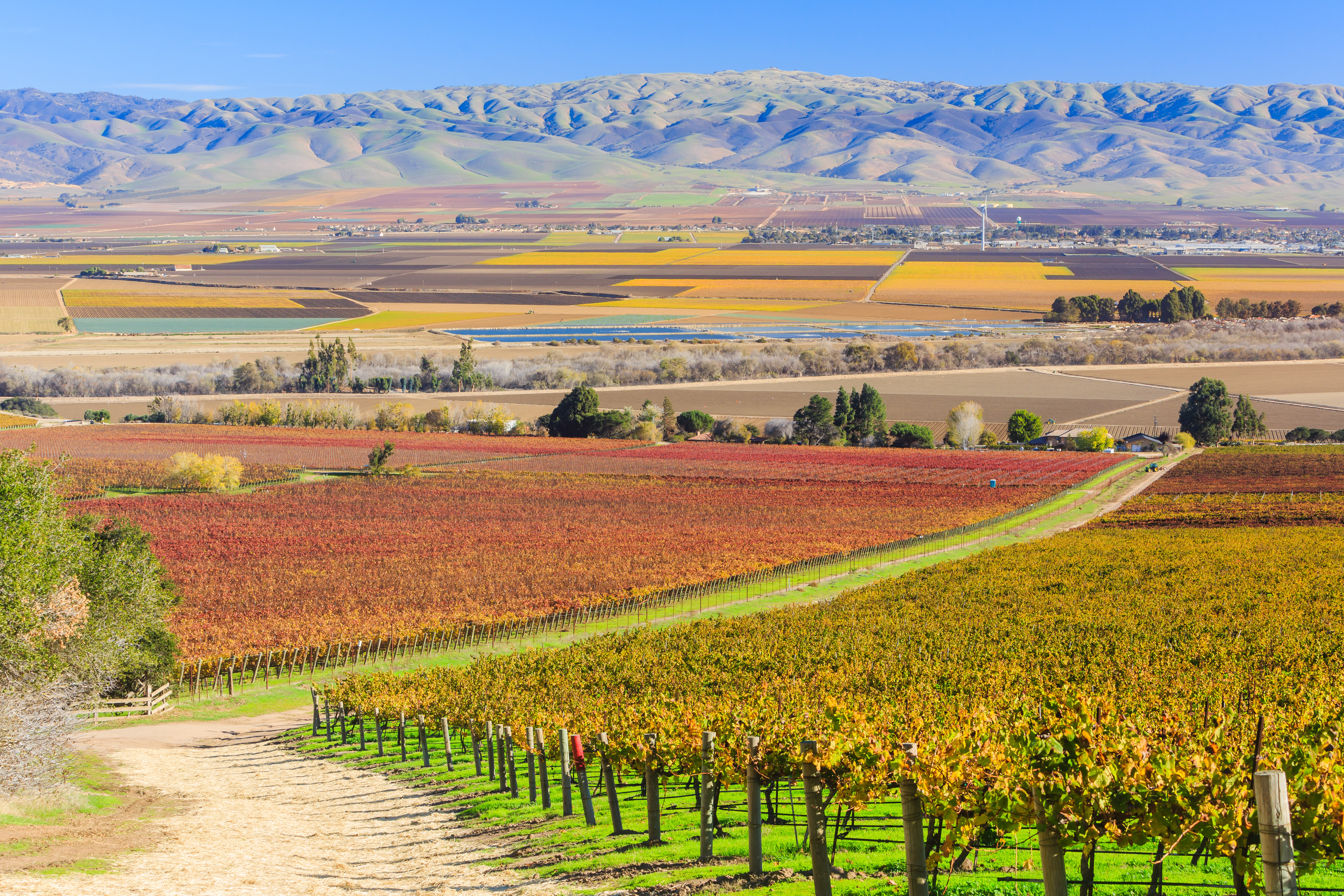Strengthening America’s Fresh Produce Supply Chain: A Vision for the Coming Decades
[shareaholic app="share_buttons" id="27983777"]
By Mike Xu, CEO and Founder of GrubMarket, Inc.
Reposted from Mike Xu’s LinkedIn. See original post HERE.
As we navigate the complexities of the American fresh produce (fruits and vegetables) industry, it’s clear that our current supply chain is facing unprecedented challenges. The American fresh produce industry is imbalanced and faces challenges exacerbated by climate change as well as an uneven state of over-farming/under-farming across different regions of the United States. Today, California supplies most of the fresh produce consumed in the United States, providing well over half of the nation’s fruit, vegetable, and nut supply. However, California’s fresh produce dominance is in a precarious situation, as the state faces severe challenges in sustainably supplying produce at scale due to:
- Over-farmed soil.
- Water scarcity. It is no secret that California has faced severe water shortages for many years – in fact, the water supply from the Colorado River to California has been steadily decreasing every year. This has turned previously soil-rich regions into arid deserts and forced the California agriculture industry to rely more on underground water sources. But now, even these underground water reserves are being rapidly drained and depleted, leading to sinking elevation and ground collapse across the key Central Valley region.
- Shifting climate patterns leading to crop loss. California used to grow an abundance of items like pears, apples, grapes, and a variety of green vegetables. However, in recent decades, apple and pear trees in the region surrounding Sacramento have mostly died off due to climate change, and the production of products that California used to dominate has shifted to Washington State, Mexico, and South America.
Though California is still considered the fresh produce powerhouse of America, its struggles have left it in a fragile condition. This presents an interesting opportunity for other states to emerge as key players in the American fresh produce industry. Washington, Oregon, Texas, Florida, Georgia, South Carolina, and North Carolina have great potential to become future fresh produce industry powerhouses. Similarly, South Central states like Tennessee and Alabama are also well-positioned to step up and contribute to the future sustainability of the American fresh produce industry.
The Midwest is currently a fragile point that holds great future opportunities for America’s fresh produce industry. The Midwestern states are a key supplier of commodity plants such as corn, wheat, and soybeans for the United States and the world, and I have long touted the high-quality, fertile soil that the Midwest possesses as a reason for why it has tremendous potential for organic farming. However, the Midwest faces unique obstacles. Despite its role in producing most of the country’s commodity crops, the Midwest struggles to meet its own demands for fresh produce due to its deep-rooted focus on commodity plants, underpopulation, and harsh winters. As a result, it heavily relies on fresh produce supply from California, Texas, Mexico, and South America year-round, but especially during the long winter season. The Midwest also lags behind the rest of the country in terms of both adoption of organic farming, as well as consumption of organic produce. However, the Midwest’s high-quality fertile soil and large-scale agricultural base and capacity, along with the right technology support, will enable it to become a key player in the future evolution of the American fresh produce industry.
Because California’s product diversity and scale in its production of vegetables and fruits continue to gradually diminish due to the challenges of sustainable farming, if nothing is done to prop up more agricultural regions in the United States, the American fresh produce industry will continue to source more and more fruits and vegetables from Mexico and South America. It is abundantly clear that we need to do everything we can to strengthen the domestic fresh produce supply chain.
There can be multiple phases to strengthening the domestic fresh produce supply chain:
- First, states like Washington, Oregon, Texas, Arizona, Florida, Georgia, South Carolina, and North Carolina are already stepping up to increase their fresh produce production for the United States. For example, Washington has already become a major supplier of products like apples and cherries in the United States.
- Secondly, the Midwest needs to grow from being just a commodity plant powerhouse to also becoming a fresh produce powerhouse. This is the most critical phase and will also result in the Midwest becoming a self-sustaining fresh produce supplier.
- Next or concurrently with phase 2, the South Central states will also need to grow into powerhouses of fresh produce supply for the United States.
- Finally, the above phases will be repeated, but with a focus on organic farming practices.
And of course, California’s production levels for vegetables and fruits eventually need to be restored, through restoring and preserving California’s natural environment and farmlands, as well as through increasing the practice of organic and sustainable farming in California. GrubMarket Inc. launched the Sustainable California initiative last year to help protect, support, and uplift California’s fragile agricultural ecosystem by sponsoring organic farming and the organic certification process for California farms, as well as by sponsoring the planting of tens of thousands of trees in key areas of California to restore its natural environment and preserve water.
In an essential way, technological advancements and innovations will play a key role in strengthening the American fresh produce supply chain over the next several decades. Several critical aspects of technology transformation include:
- Outdoor greenhouse technology. Midwest farmers and growers will need outdoor greenhouses to grow fresh produce in the colder seasons, as there can be snow for almost 6 months out of the year.
- A robust eCommerce network, which is essential for the efficient distribution of fresh and highly perishable produce, particularly in sparsely populated areas. GrubMarket Inc.’s strong eCommerce scale and network effects can play an important role here.
- Innovation in transportation technology, including drone technology for handling heavier loads of produce, that can help streamline logistics in rural areas. The Midwest will be an ideal testbed for such innovations.
- AI technology that can be applied to improve the yield of fresh produce under dynamic weather conditions, support produce planting decisions based on macro and micro economic factors, and help with the distribution of fresh produce based on supply/demand dynamics to achieve minimum waste.
GrubMarket Inc. is committed to being at the forefront of driving these key transformations in the country’s agricultural ecosystem. We will use our technology, network effects, business scale, and sponsorship of organic certification practices to support not only the emergence of the Midwest as a central organic farming powerhouse but also the transformation of areas like the “Rust Belt” into the “Organic Produce Belt” over the next few decades. Through these actions, GrubMarket Inc. aims to help cultivate a prosperous and sustainable domestic fresh produce supply chain, ensuring a healthier and more robust future for America.


